
Battery Storage at Home: Are They Worth It?
Home battery storage systems allow homeowners to store electricity for use at a later time. Typically installed inside a garage or on an exterior wall, these systems are powered either by the electric grid, rooftop solar panels, or a combination of both. Once charged, the battery can automatically supply electricity to your home when needed — especially during outages or peak rate periods.
A home battery acts as a personal energy reservoir. During times when electricity is cheap (like at night or when solar panels are producing more than your home consumes), the battery charges. Later, when electricity prices go up or the grid goes down, it discharges that stored power to keep your home running.
There are two main types of home battery systems:
- Standalone battery systems, which draw electricity from the grid to store for later use.
- Solar-plus-storage systems, which combine solar panels with a battery to maximize self-generated power.
Most residential batteries use lithium-ion technology, similar to what's in your smartphone or EV — just much larger and designed for daily cycling. Popular brands include Tesla Powerwall, Enphase, and LG Energy Solution.
These systems are often integrated with energy management software, letting homeowners monitor usage, schedule charging, and even optimize for electricity pricing through smart automation. When paired with time-of-use or demand-response electricity plans, battery systems can become powerful tools for both savings and energy independence.
The Texas Energy Landscape: Why Storage Matters
Texas has one of the most unique and complex energy systems in the United States. Unlike most states, Texas operates its own independent power grid through ERCOT (the Electric Reliability Council of Texas). While this allows for deregulated energy markets and innovation, it also makes the state more vulnerable to widespread outages — as seen during the 2021 Winter Storm Uri.
With extreme weather events becoming more frequent and unpredictable, energy reliability is top of mind for many Texans. That’s where home battery storage comes in.
Batteries provide a crucial layer of energy resilience. During outages caused by grid failure, ice storms, or even planned maintenance, a home battery can keep essential devices running — lights, refrigeration, medical equipment, internet routers, and HVAC systems (depending on battery size). In areas where outages last hours or even days, this backup capacity can be life-changing.
Beyond emergencies, Texas homeowners can also benefit from battery storage on a daily basis. Because of the state’s deregulated electricity market, customers often have access to time-of-use plans or real-time pricing, where electricity costs more during peak demand. With a smart battery system, you can charge your battery when rates are low and draw from it when prices spike — reducing your bill without changing your habits.
Battery storage also supports the growing number of Texans installing solar panels. Since solar production is highest mid-day, batteries help store excess generation for use at night or during cloudy weather. This increases solar self-consumption and further reduces reliance on the grid.
As Texas continues to lead in both renewable energy and population growth, distributed energy technologies like home batteries will play an increasingly important role in balancing demand, preventing blackouts, and empowering residents to take control of their power.
Pros of Installing a Home Battery in Texas
Home battery storage offers more than just peace of mind during a power outage — it can also lead to real financial and environmental benefits for Texas homeowners. Here’s a closer look at why investing in a battery system might be worth it:
1. Backup Power When the Grid Fails
Texas is no stranger to extreme weather — from summer heatwaves to winter freezes — and these events can push the grid to its limits. A battery system provides critical backup power, allowing you to keep essentials like lights, refrigerators, Wi-Fi, and medical equipment running during an outage. This level of energy security is especially important for families, remote workers, and individuals with health-related power needs.
2. Lower Electricity Bills with Time-of-Use Optimization
In deregulated areas of Texas, many electricity providers offer time-of-use (TOU) or real-time pricing plans. A battery lets you buy and store power when it’s cheapest — usually overnight — and use it during peak rate periods, when electricity is more expensive. Over time, this smart load shifting can translate into noticeable savings on your monthly bill.
3. Enhanced Solar Panel Efficiency
If you already have rooftop solar, adding a battery helps you get more out of your system. Instead of sending excess energy back to the grid (which may not offer favorable compensation), you can store that energy for use after sunset. This increases your energy independence and reduces reliance on your utility.
4. Potential Tax Credits and Incentives
Texans installing a home battery may qualify for the federal Investment Tax Credit (ITC), which currently offers a 30% credit on eligible costs. Some local utilities — like Austin Energy and CPS Energy — may also offer additional rebates or incentive programs.
5. Environmental Impact and Energy Independence
Using stored solar energy reduces your carbon footprint and supports a cleaner Texas grid. Even without solar, shifting your usage away from peak times helps reduce strain on power plants, many of which still rely on fossil fuels. Batteries also put more power in your hands — literally — giving you control over your household energy flow.
6. Increased Property Value
Just like solar panels, home battery systems are seen as upgrades by many buyers. Studies suggest that energy-efficient homes with battery storage or solar may sell faster and at a premium compared to similar properties.
From emergency preparedness to long-term savings, home batteries can be a smart addition to many Texas homes — especially as energy needs grow and grid reliability becomes less predictable.
Cons and Limitations of Home Batteries
While home battery storage offers meaningful benefits, it’s important to understand the limitations before making an investment. These systems are not a one-size-fits-all solution, and depending on your energy habits, budget, and home setup, they may not always deliver a strong financial return.
1. High Upfront Cost
The biggest barrier for most homeowners is price. A typical battery system can cost anywhere from $10,000 to $20,000 or more, depending on the brand, capacity, and whether it’s paired with solar. Even after tax credits and rebates, the initial cost may be prohibitive for some. And while financing is available, it often comes with interest that cuts into long-term savings.
2. Limited Backup Duration
Most residential batteries are designed to power a home for a few hours — not days. A single battery may be able to support lights, internet, and a refrigerator, but running central AC or heating for extended periods could drain the system quickly. For full-home backup, multiple batteries or integration with a generator may be required.
3. Not Always a Money-Saver
Without solar panels or a time-of-use plan, many homeowners won’t see dramatic savings from battery storage alone. The cost of charging the battery from the grid — plus efficiency losses — may offset any gains. Batteries shine brightest when they’re part of a broader energy strategy.
4. Lifespan and Maintenance
Home batteries have a limited number of charge-discharge cycles. Most lithium-ion systems last 10 to 15 years, but performance can degrade over time. Warranties vary by brand and typically cover only a certain number of cycles or years. While these systems are low-maintenance, eventual replacement is a cost to keep in mind.
5. Installation and Compatibility Challenges
Not every home is ready for a battery. Installation may require electrical panel upgrades, space for mounting, or even permit approvals from your local city or HOA. If your current solar system isn’t battery-ready, additional costs may arise for retrofitting.
6. Incentives May Be Limited by Region
While the federal tax credit applies across Texas, local rebates and incentives vary widely — and some areas may offer none at all. Be sure to research programs specific to your utility provider or municipality before factoring those into your return-on-investment calculation.
In short, home batteries can offer peace of mind and potential savings, but they’re not a guaranteed win for every homeowner. Evaluating your specific usage patterns, goals, and financial position is key to making an informed decision.
How Much Do Home Battery Systems Cost in Texas?
The cost of installing a home battery system in Texas can vary widely depending on your home’s energy needs, the type of battery, and whether it's paired with solar panels. While prices have decreased in recent years, the investment remains significant for most homeowners.
Average Cost Range
For a single home battery unit, costs typically range between $10,000 and $16,000 for the battery alone. If you're installing a solar-plus-storage system, the total package can reach $20,000 to $30,000 or more, depending on system size and complexity.
Breakdown of Costs
Here’s a basic outline of what contributes to the total cost:
- Battery hardware (Tesla Powerwall, Enphase, LG Chem, etc.)
- Inverter and control systems
- Installation labor and permitting
- Electrical upgrades (if required)
- Solar panels (if applicable)
Additional Costs or Savings to Consider
- Maintenance and replacement: While batteries are generally low-maintenance, some components may need replacement within 10–15 years.
- Energy plan savings: Over time, a well-optimized battery could offset a portion of its cost by reducing your electricity bills, especially if paired with time-of-use pricing or net metering.
- Federal Tax Credit: The 30% Investment Tax Credit (ITC) from the federal government can significantly lower your upfront cost. To qualify, the battery must be charged with on-site solar energy. Learn more on the official IRS website.
- Local utility incentives: Certain utilities in Texas — like Austin Energy and CPS Energy in San Antonio — offer battery rebate programs that can further reduce your out-of-pocket cost. Always check with your local provider to see what's available.
Financing and Leasing Options
Many solar and battery companies offer financing plans or leases that can reduce or eliminate the upfront cost. However, keep in mind that financing typically comes with interest, and leases may not provide the same long-term savings or incentives.
Is It Worth It?
If you live in an area prone to outages, have solar panels, or are enrolled in a time-of-use plan, a battery could offer both protection and savings. But if your home rarely loses power and your electricity rates are stable, the return on investment may be lower.
Carefully weigh the total cost against the potential benefits in reliability, savings, and peace of mind — and don’t forget to factor in how long you plan to stay in your current home.
Incentives and Rebates for Battery Storage in Texas
Installing a home battery in Texas can be expensive, but there are several incentives available that can help offset those upfront costs. While incentives vary by location and utility provider, most homeowners can take advantage of at least one major program — and some may qualify for multiple.
Federal Investment Tax Credit (ITC)
The most significant incentive is the 30% Residential Clean Energy Credit, formerly known as the Investment Tax Credit (ITC). This federal program allows you to claim 30% of the total cost of your battery system (including installation) as a tax credit.
- To qualify, the battery must be powered by solar energy for at least 50% of its charge, though 100% is recommended for full eligibility.
- If paired with a new solar installation, the credit applies to both the solar and battery costs.
- Learn more from the official Energy Star website.
Texas Utility Incentives
Some Texas utilities offer their own rebates or pilot programs aimed at encouraging battery adoption. Availability is limited, so check with your local provider. A few examples include:
Austin Energy: Offers the Home Solar + Storage Rebate, which provides up to $2,500 for qualifying battery systems when paired with solar and integrated with their grid resilience program.
View details on Austin Energy’s site.CPS Energy (San Antonio): Runs a Smart Grid Initiative, which occasionally includes battery storage as part of grid reliability or demand response pilot programs. These are often limited in enrollment but can include significant compensation.
Oncor and CenterPoint: As utility transmission providers, they don’t directly offer storage rebates, but residents in these service areas can still take advantage of state and federal incentives.
Virtual Power Plant (VPP) Participation
Some providers and pilot programs in Texas are beginning to explore VPPs, where homeowners get paid to allow utilities or aggregators to tap into their battery during periods of high demand. This can generate recurring income or credits for battery owners. While VPPs are still in the early stages in Texas, they’re worth keeping an eye on.
Other Opportunities
- Property Tax Exemptions: In Texas, solar systems (and batteries integrated with solar) may be eligible for property tax exemptions.
- Special Financing Programs: Local governments and credit unions may offer green energy loan options with lower interest rates for energy improvements, including storage.
Pro Tip: Incentive programs and tax credits can change frequently — especially at the state and utility level. Before committing to a system, ask your installer for a full review of what you're eligible for, or check official program websites for the most up-to-date info.
Can Home Batteries Lower My Electricity Bill?
Yes — home battery systems can help lower your electricity bill in Texas, but the amount you save depends on several key factors: your electricity plan, energy usage habits, whether you have solar panels, and how your battery is configured.
Time-of-Use and Real-Time Pricing Plans
In deregulated parts of Texas, many retail electricity providers (REPs) offer time-of-use (TOU) or real-time pricing plans. These plans charge higher rates during peak demand hours and lower rates at night or on weekends. If you have a battery, you can charge it during low-cost periods and use that stored power when rates spike — a process known as load shifting.
For example, let’s say your electricity costs 9¢ per kWh at night and 18¢ per kWh during the day. By storing power overnight and using it during the day, you’re effectively cutting your daytime costs in half.
Pairing with Solar Panels
Adding battery storage to a rooftop solar system can dramatically increase your self-consumption of solar energy. Instead of sending excess solar power back to the grid (often at little or no compensation), you store it and use it later — especially in the evening when rates and usage typically rise.
This approach reduces your need to buy power from the grid, which lowers your monthly bill and boosts the value of your solar investment.
Participation in Demand Response or VPP Programs
Some emerging programs in Texas are exploring Virtual Power Plant (VPP) models, where utilities or aggregators can use small amounts of energy from many home batteries during times of high demand. In exchange, you may receive compensation or credits on your bill. While still in early stages in Texas, VPP participation could become a viable way to generate recurring income from your battery system.
Important Considerations
- No savings guarantee: If your electricity plan has a flat rate or if your battery is underutilized, cost savings may be minimal.
- Battery efficiency losses: Batteries lose a small percentage of energy during charge and discharge, so exact savings vary.
- Monitoring is key: Many systems come with apps that help you track usage, optimize savings, and make informed choices about when to use stored power.
Bottom Line:
A well-configured battery system can definitely help reduce electricity bills — especially when paired with solar panels or enrolled in the right electricity plan. If your goal is long-term savings and you’re in a deregulated area with flexible pricing, a home battery could be a powerful tool in your energy strategy.
Who Should Consider Home Battery Storage in Texas?
While home battery systems aren’t a fit for every household, they can offer significant advantages to certain types of homeowners in Texas — especially those with specific energy needs, environmental goals, or a desire for more energy independence.
1. Homeowners in Outage-Prone Areas
If you live in a region of Texas that frequently experiences outages — whether due to weather events, infrastructure issues, or rolling blackouts — a home battery can serve as a reliable backup. Even if it doesn’t power your entire home, it can keep essentials like lighting, refrigerators, internet, and medical devices running.
2. Solar Panel Owners
If you’ve already installed rooftop solar (or are planning to), adding a battery lets you store excess solar power for use when the sun isn’t shining. This is especially useful in Texas, where solar production can be high during the day, but usage typically peaks in the evening. Batteries help you avoid relying on the grid during those high-demand hours.
3. Remote Workers and Home-Based Businesses
For those who work from home or operate a small business out of their house, power reliability is critical. A battery system ensures that your work — and your income — doesn’t grind to a halt during an unexpected outage.
4. Households With Medical Equipment
If someone in your household relies on powered medical equipment — such as oxygen concentrators, CPAP machines, or electric wheelchairs — backup power isn’t just a convenience, it’s a necessity. Batteries offer a safer and quieter alternative to gas generators.
5. Environmentally Conscious Consumers
If reducing your carbon footprint is important to you, a battery can help increase your consumption of renewable energy and reduce your reliance on fossil-fuel-generated electricity. This is true whether you're generating solar on-site or using a 100% renewable electricity plan from a Texas energy provider.
6. People Enrolled in Time-of-Use Plans
If your electricity plan charges different rates depending on the time of day, a battery can be a strategic asset. By shifting your usage to lower-cost periods and storing energy for peak times, you can minimize your exposure to high rates and potentially save a lot over the long term.
7. Homeowners Planning to Stay Long-Term
Because battery systems represent a long-term investment, the financial return improves the longer you stay in your home. If you're planning to stay put for 10–15 years, the savings and reliability benefits have more time to add up.
If any of these scenarios apply to you, a home battery system could be a smart addition — not just for convenience, but as part of a broader strategy for energy resilience, cost control, and sustainability.
Alternatives to Home Battery Systems
If a home battery isn’t the right fit for your household due to cost, compatibility, or other reasons, there are still several ways to improve energy reliability, lower your electricity bills, and stay prepared for outages in Texas. Here are some viable alternatives to consider:
1. Standby Generators
Unlike batteries, standby generators run on natural gas or propane and can power an entire home during an extended outage. They typically kick in automatically when the grid fails and can run for days, as long as they have fuel. While they don’t reduce your electricity bill, they offer a strong layer of reliability — especially for rural homes or areas prone to longer disruptions.
2. Portable Generators
For a more budget-friendly solution, portable gas generators can power a few key appliances during a blackout. While they require manual setup and ongoing refueling, they’re a good emergency backup option for short-term needs. Keep in mind they should never be operated indoors due to carbon monoxide risks.
3. Energy Efficiency Upgrades
One of the most overlooked ways to lower electricity costs is improving your home’s energy efficiency. Installing LED lighting, sealing air leaks, upgrading insulation, and using smart thermostats can significantly reduce your consumption — and your monthly bill — with or without a battery.
4. Enrolling in a Prepaid or Fixed-Rate Plan
If you’re looking to control your monthly energy costs, switching to a fixed-rate electricity plan or a prepaid electricity plan can help you avoid bill surprises. These plans can stabilize your payments and are especially helpful in managing your budget during seasons of high usage.
5. Investing in Solar Without Storage
Even without a battery, solar panels can reduce your dependence on the grid and lower your electricity bills. Some areas offer net metering or bill credits for excess energy you export. While solar-only systems don’t provide backup power, they still offer significant environmental and financial benefits.
6. Emergency Kits and Surge Protection
In areas where outages are infrequent but still possible, having an emergency power kit — with items like battery-powered lanterns, phone banks, and surge protectors — can help you stay safe and connected during short disruptions.
7. Demand Response Programs
Some utilities and electricity providers offer demand response programs, which reward you for voluntarily reducing your electricity usage during peak demand events. These programs won’t keep your lights on during an outage, but they can provide bill credits or incentives while helping stabilize the grid.
Ultimately, the right solution depends on your goals — whether it’s saving money, staying safe during outages, or reducing your environmental footprint. For many Texans, combining a few of these strategies can provide a well-rounded and affordable alternative to installing a home battery system.
While home battery storage isn’t for everyone, it can be a smart and strategic investment for Texans seeking backup power, lower energy bills, or greater independence from the grid. If you have solar panels, live in an area prone to outages, or are on a time-of-use plan, the benefits could outweigh the costs — especially when paired with available incentives.
That said, batteries are just one of several tools available to manage your energy more effectively. Whether you decide to invest now or explore alternatives, the key is understanding your options — and choosing what works best for your home, your lifestyle, and your budget.

July 4, 2025
Energy Independence Starts at Home: 4 Ways to Declare Your Personal Freedom from High Bills This Fourth of July

June 20, 2025
How Smart Home Security Systems Affect Your Energy Usage

June 13, 2025
The Smart Texan’s Guide to Beating the Heat: Budget-Friendly Home Upgrades

June 3, 2025
Hurricane Season in Texas: How to Prepare for Power Outages

May 29, 2025
No AC? No Problem: How to Stay Cool During a Heatwave Without Air Conditioning

May 23, 2025
Record May Heat in Texas 2025: What It Means for Your Summer Energy Bills

May 20, 2025
The Rising Popularity of EVs: What It Means for Your Electric Bill

May 16, 2025
Beat the Texas Heat: Summer AC Hacks That Save Money

April 17, 2025
The Truth About Phantom Loads: How Standby Power Is Draining Your Wallet

April 4, 2025
How to Perform a DIY Home Energy Audit and Cut Your Utility Bills

March 31, 2025
Smart Tips to Lower Your Electricity Bill

March 18, 2025
Green Energy 101: Decoding Renewable Electricity Plans

March 14, 2025
Upgrading to a Smart Thermostat: Why You Should Do it and What You Need to Know

February 24, 2025
Power Play: A Step-by-Step Guide to Estimating Your Home's Electricity Usage

February 3, 2025
How Weather Impacts Energy Prices: Understanding the Connection

January 22, 2025
The Datacenter Boom in Texas: Impact on Consumers and Energy Markets

January 21, 2025
How to Lower Your Electricity Bills and Save Big

January 17, 2025
Everything you need to know about Texas Retail Electric Providers (REPs)

December 23, 2024
10 Common Energy and Electricity Myths Debunked

December 18, 2024
How the Texas Electric Grid Works: Key Differences and Insights

December 13, 2024
Smart Plugs Explained: The Ultimate Guide

December 4, 2024
Winter Energy Savings: Tips to Lower Your Electricity Bill

November 27, 2024
Your Power To Choose: Setting Up Electricity Service and Switching Providers in Texas

September 24, 2024
Understanding Electricity Deposits: Why They Exist and How to Avoid Them
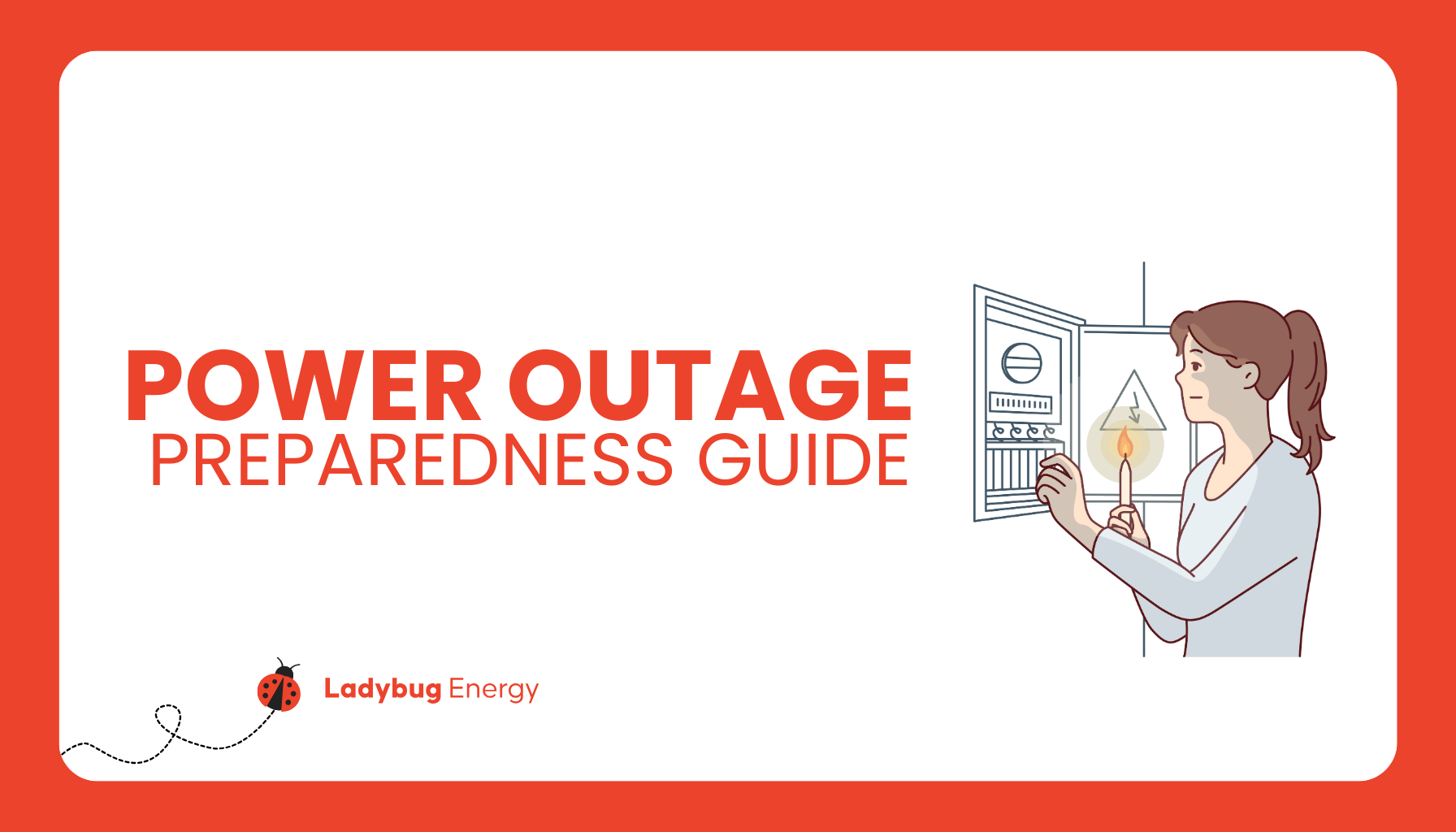
February 26, 2024
Power Outage Preparedness: A Complete Guide
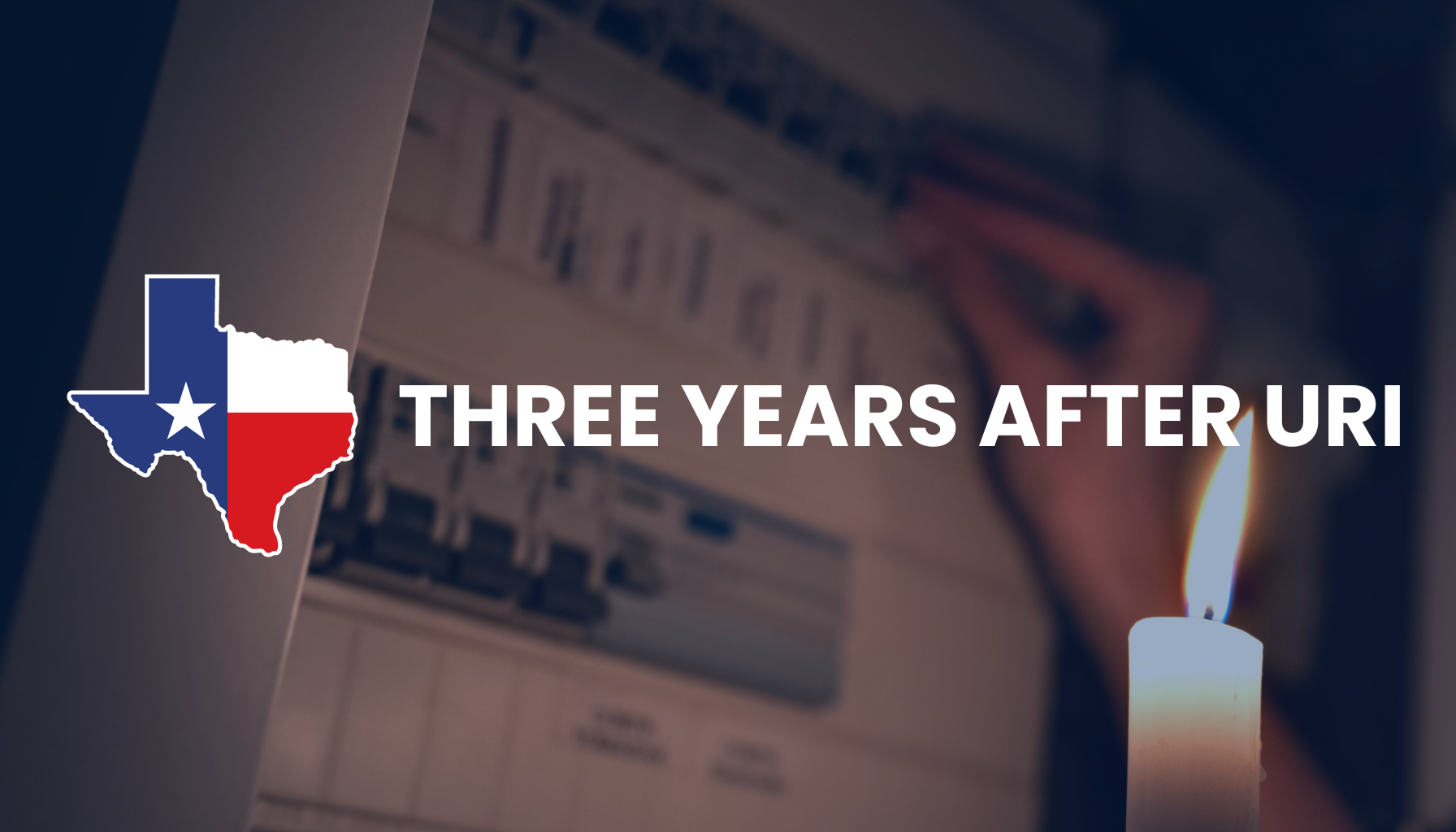
February 9, 2024
Three Years After Uri: How Texans Can Help Prevent Future Power Outages

January 11, 2024
Best Energy Saving Devices for Your Home: From Smart Tech to LED Bulbs

November 28, 2023
How to Read an Electricity Facts Label (EFL)
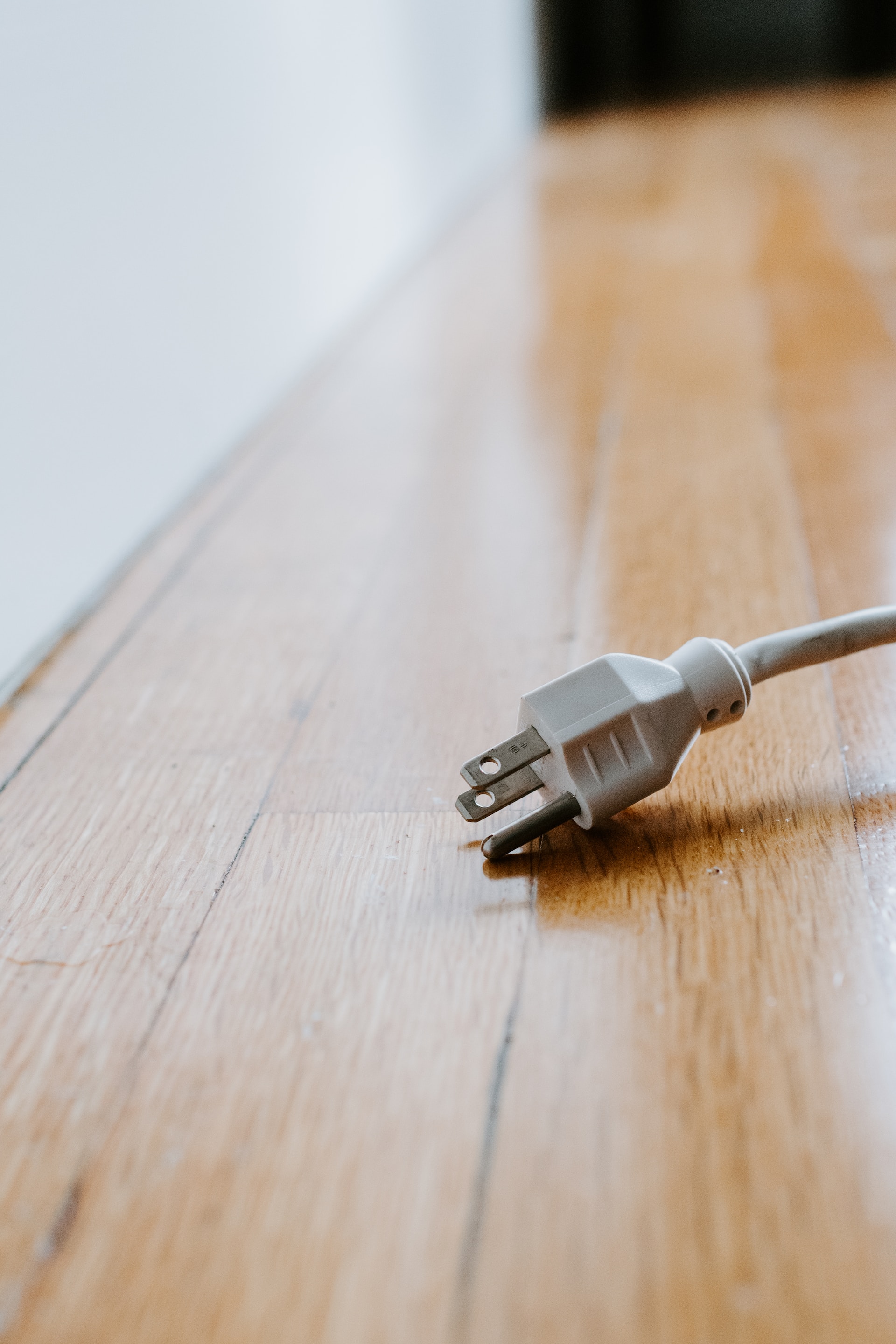
September 12, 2023
How Long Can a Landlord Leave You Without Electricity: What Tenants and Landlords Need to Know
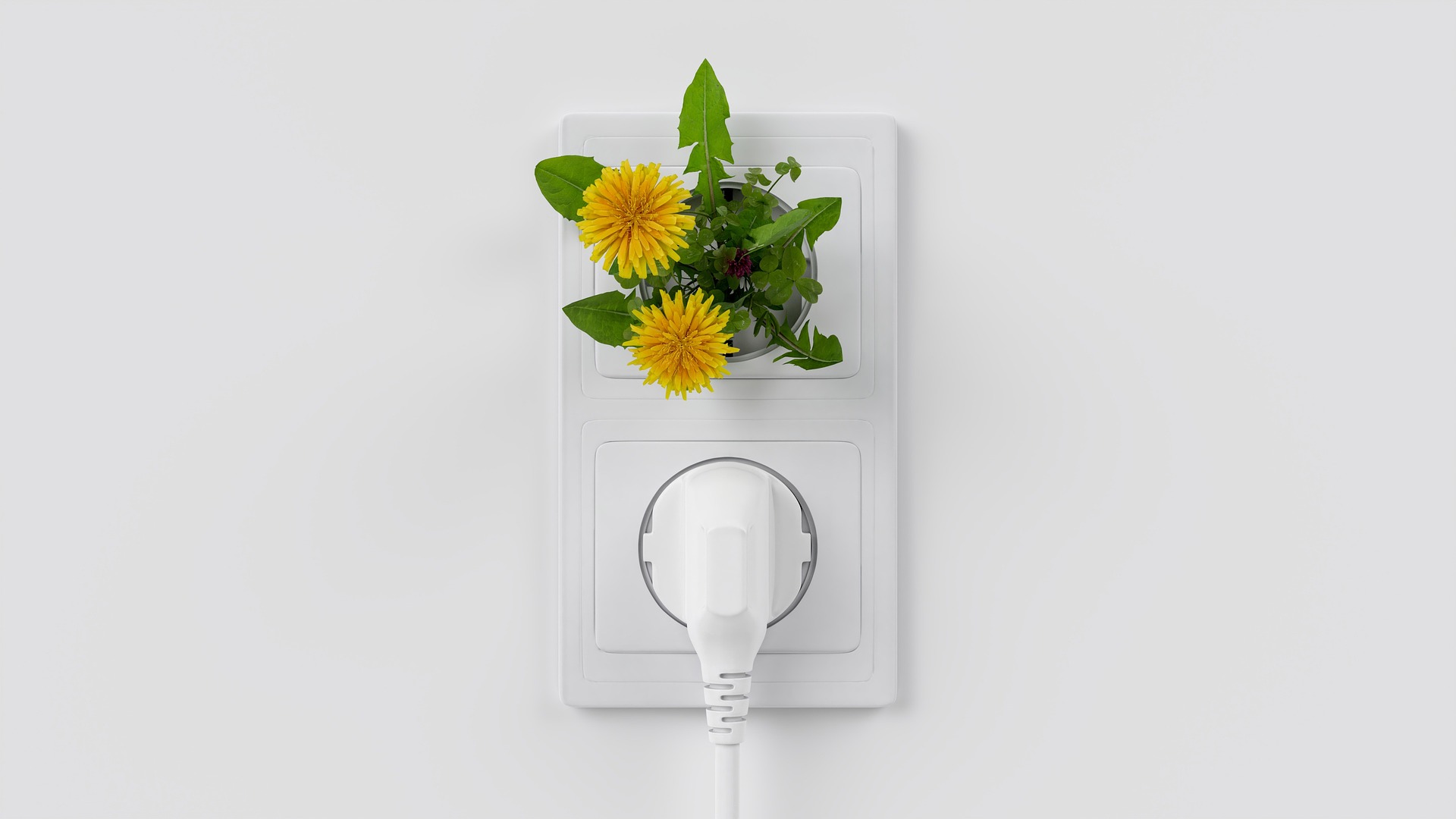
August 21, 2023
Childproofing Electricity: A Parent's Guide to Safeguarding Kids from Electrical Dangers

July 19, 2023
Does Closing Off Rooms Save Heat? An Energy Efficiency Discussion
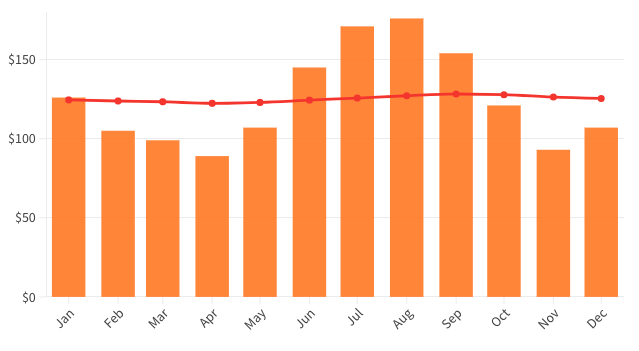
July 19, 2023